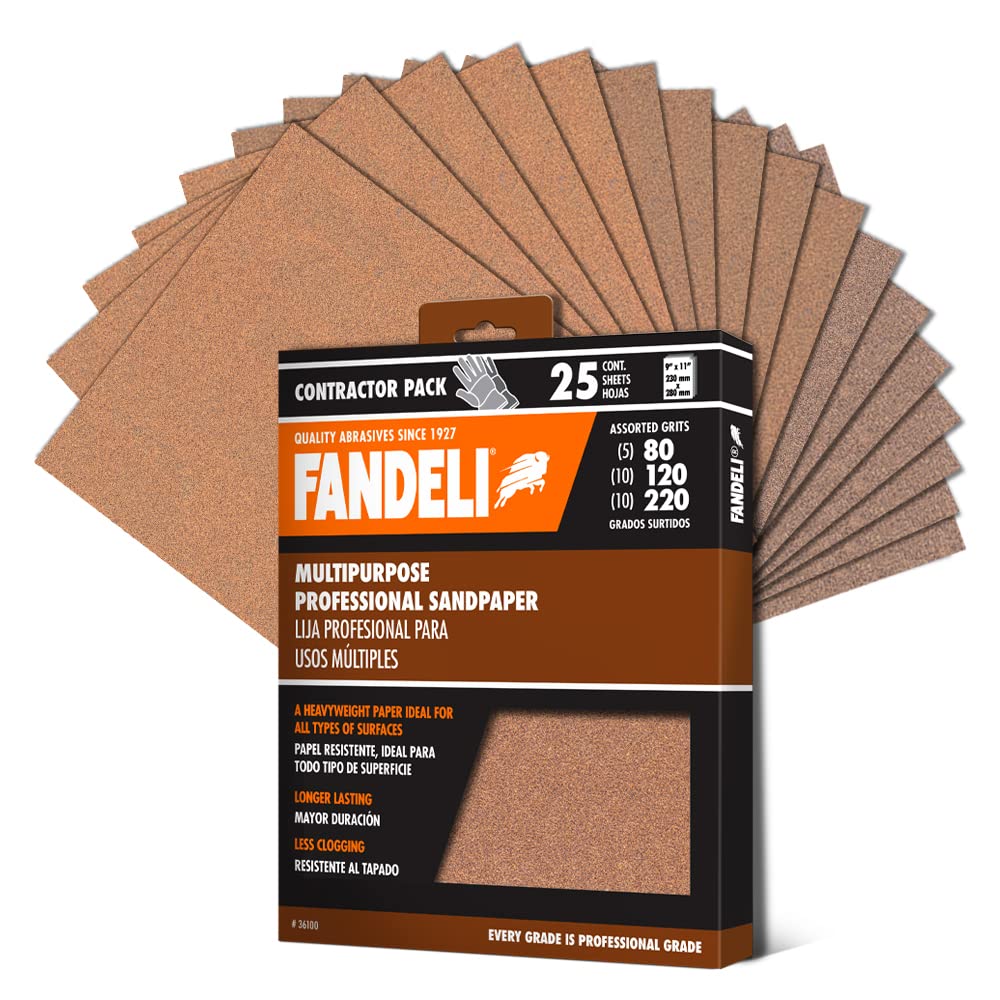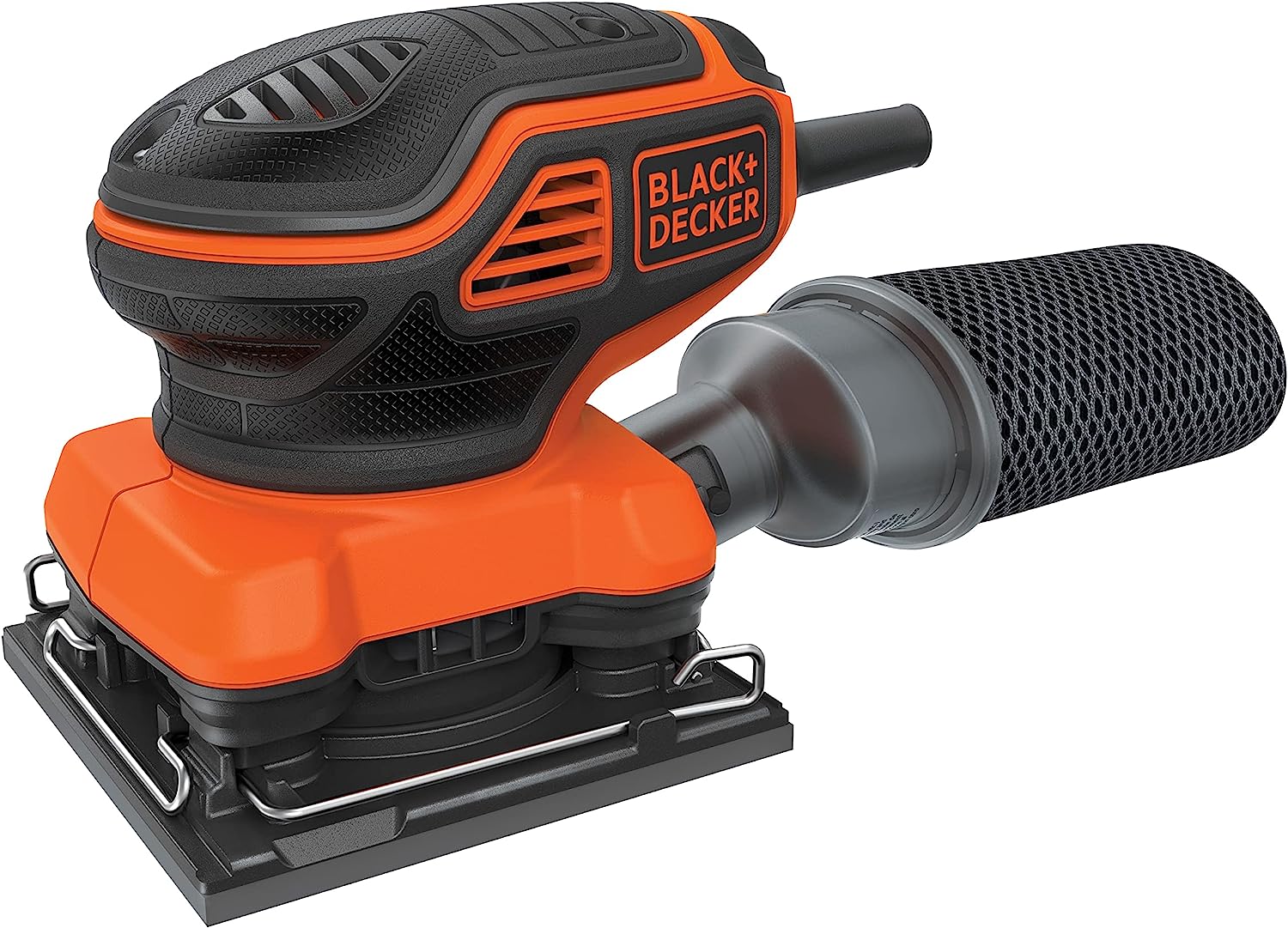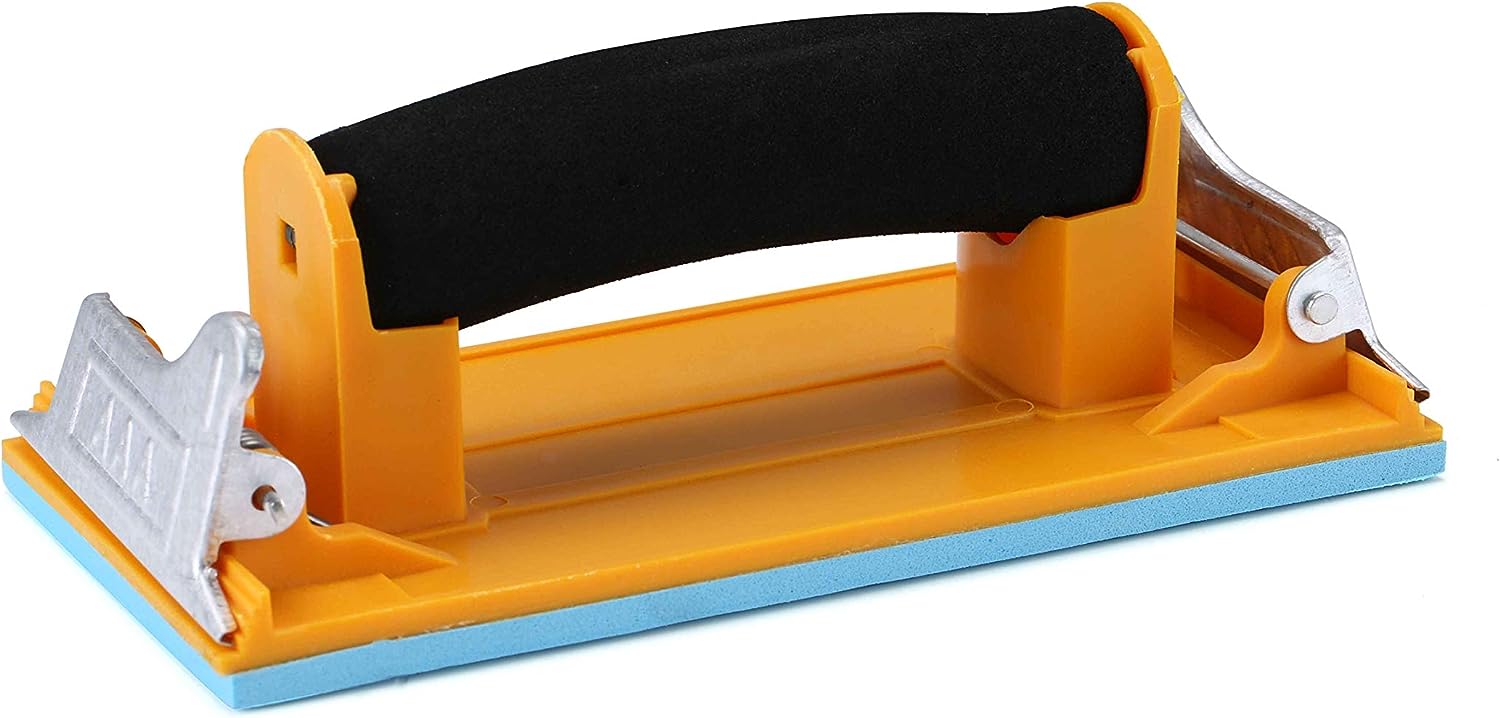Sandpaper 101: Grain, Backing, and Grit for Wood Projects
When it comes to woodworking, sanding is an essential step in achieving a smooth and polished finish. And to achieve that perfect finish, you need the right sandpaper. Sandpaper, also known as abrasive paper, is a versatile tool that comes in various forms, each designed for specific tasks and materials. In this article, we will explore the different aspects of sandpaper, including grain, backing, and grit, and how they impact your wood projects.
Grain: Understanding the Basics
The grain of sandpaper refers to the size and distribution of abrasive particles on the paper’s surface. It plays a crucial role in determining the sandpaper’s aggressiveness and the type of material it is suitable for. The most common types of grain used in sandpaper are:
- Silicon Carbide: Silicon carbide sandpaper is ideal for sanding non-ferrous metals, such as aluminum, brass, and copper. It is also commonly used for sanding plastics and fiberglass.
- Aluminum Oxide: Aluminum oxide sandpaper is versatile and can be used for a wide range of materials, including wood, metal, and painted surfaces. It is known for its durability and long-lasting performance.
- Garnet: Garnet sandpaper is primarily used for woodworking projects. It is less aggressive than silicon carbide or aluminum oxide, making it suitable for delicate surfaces.
Choosing the right grain for your project depends on the material you are working with and the level of aggressiveness required. For example, if you are sanding a delicate wooden surface, a finer grain like garnet would be more appropriate. On the other hand, if you are sanding a metal surface, a coarser grain like silicon carbide or aluminum oxide would be more effective.
Backing: The Foundation of Sandpaper
The backing of sandpaper refers to the material that supports the abrasive particles. It provides stability and durability to the sandpaper, allowing it to withstand the rigors of sanding. The most common types of backing used in sandpaper are:
- Paper Backing: Paper-backed sandpaper is the most common type and is suitable for most woodworking projects. It is flexible, easy to tear, and provides a good balance between durability and cost.
- Cloth Backing: Cloth-backed sandpaper is more durable than paper-backed sandpaper and is commonly used for heavy-duty sanding tasks. It is tear-resistant and can withstand high levels of pressure.
- Film Backing: Film-backed sandpaper is the most durable type of backing and is often used for wet sanding applications. It is tear-resistant, waterproof, and can be used with lubricants.
Choosing the right backing depends on the nature of your project. For general woodworking tasks, paper-backed sandpaper is usually sufficient. However, if you are working on a heavy-duty project or require wet sanding, cloth or film-backed sandpaper would be more suitable.
Grit: The Measure of Abrasiveness
The grit of sandpaper refers to the size of the abrasive particles on the paper’s surface. It is measured using a grading system, with higher numbers indicating finer grits. The grit size determines the level of abrasiveness and the smoothness of the finish. The most common grit sizes used in sandpaper range from coarse to fine:
- Coarse Grit: Coarse grit sandpaper, typically ranging from 40 to 80 grit, is used for heavy material removal and shaping tasks. It is ideal for rough surfaces and initial sanding.
- Medium Grit: Medium grit sandpaper, ranging from 100 to 150 grit, is used for general sanding and smoothing tasks. It is suitable for removing scratches and preparing surfaces for finishing.
- Fine Grit: Fine grit sandpaper, ranging from 180 to 240 grit, is used for final sanding and achieving a smooth finish. It is ideal for removing small imperfections and preparing surfaces for painting or staining.
- Extra Fine Grit: Extra fine grit sandpaper, ranging from 320 to 600 grit, is used for ultra-smooth finishes and polishing tasks. It is commonly used in the final stages of sanding.
Choosing the right grit depends on the level of material removal required and the desired finish. For example, if you are removing a significant amount of material or shaping a rough surface, a coarse grit sandpaper would be appropriate. On the other hand, if you are preparing a surface for painting or staining, a fine or extra fine grit sandpaper would be more suitable.

Fandeli Multi-Purpose Sanding Paper

BLACK+DECKER 2.0 Amp Electric 1/4 Sheet Orbit Sander

Aouker HS85180 Hand Sander
Conclusion
Choosing the right sandpaper is essential for achieving a smooth and polished finish in your woodworking projects. Understanding the grain, backing, and grit of sandpaper allows you to select the most appropriate type for your specific needs. Whether you are sanding wood, metal, or other materials, considering these factors will ensure that you achieve the desired results.
Remember to match the grain to the material, choose the appropriate backing for the task at hand, and select the right grit for the level of material removal and finish desired. By doing so, you will be well-equipped to tackle any sanding project with confidence and precision.



















